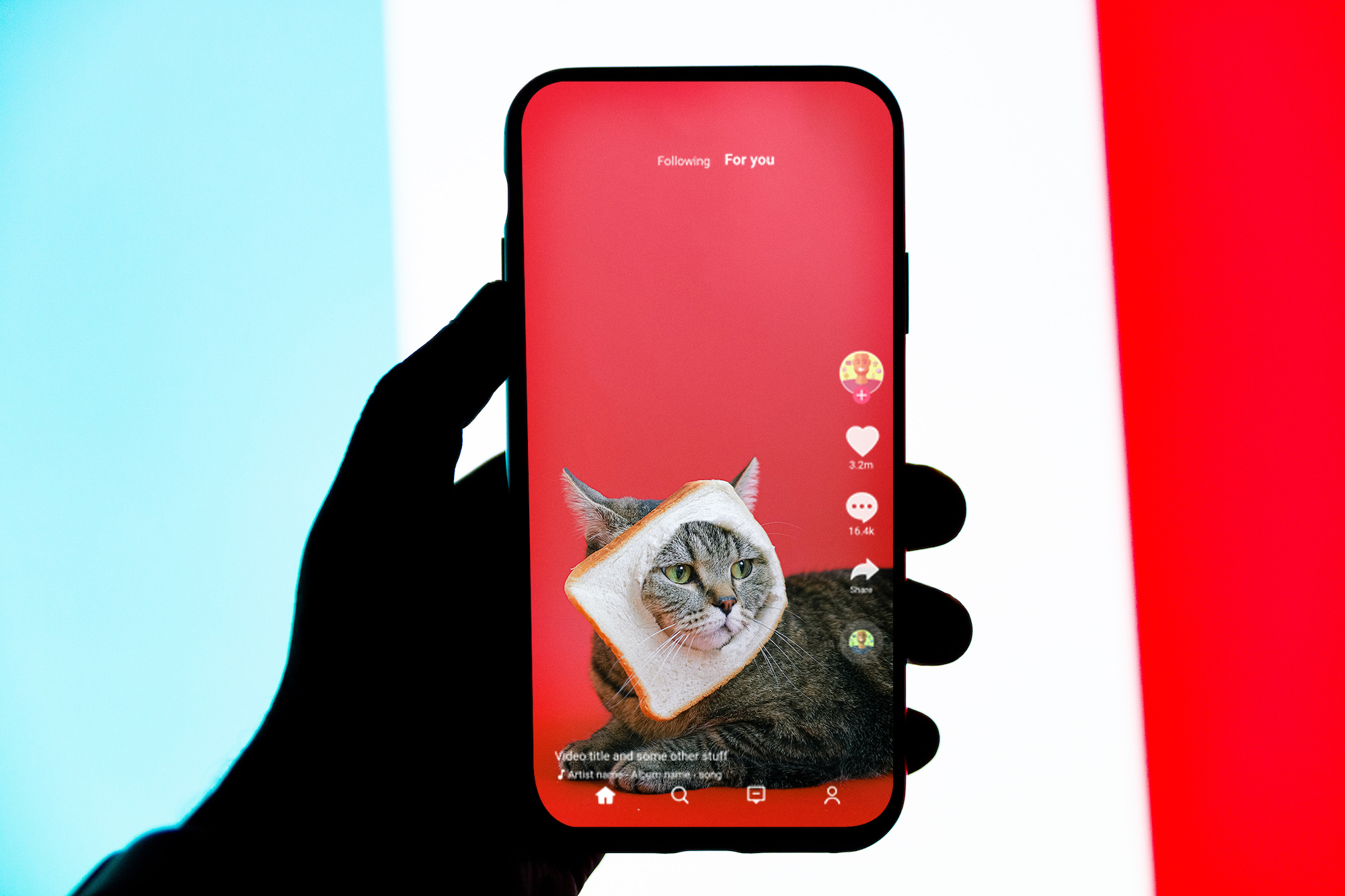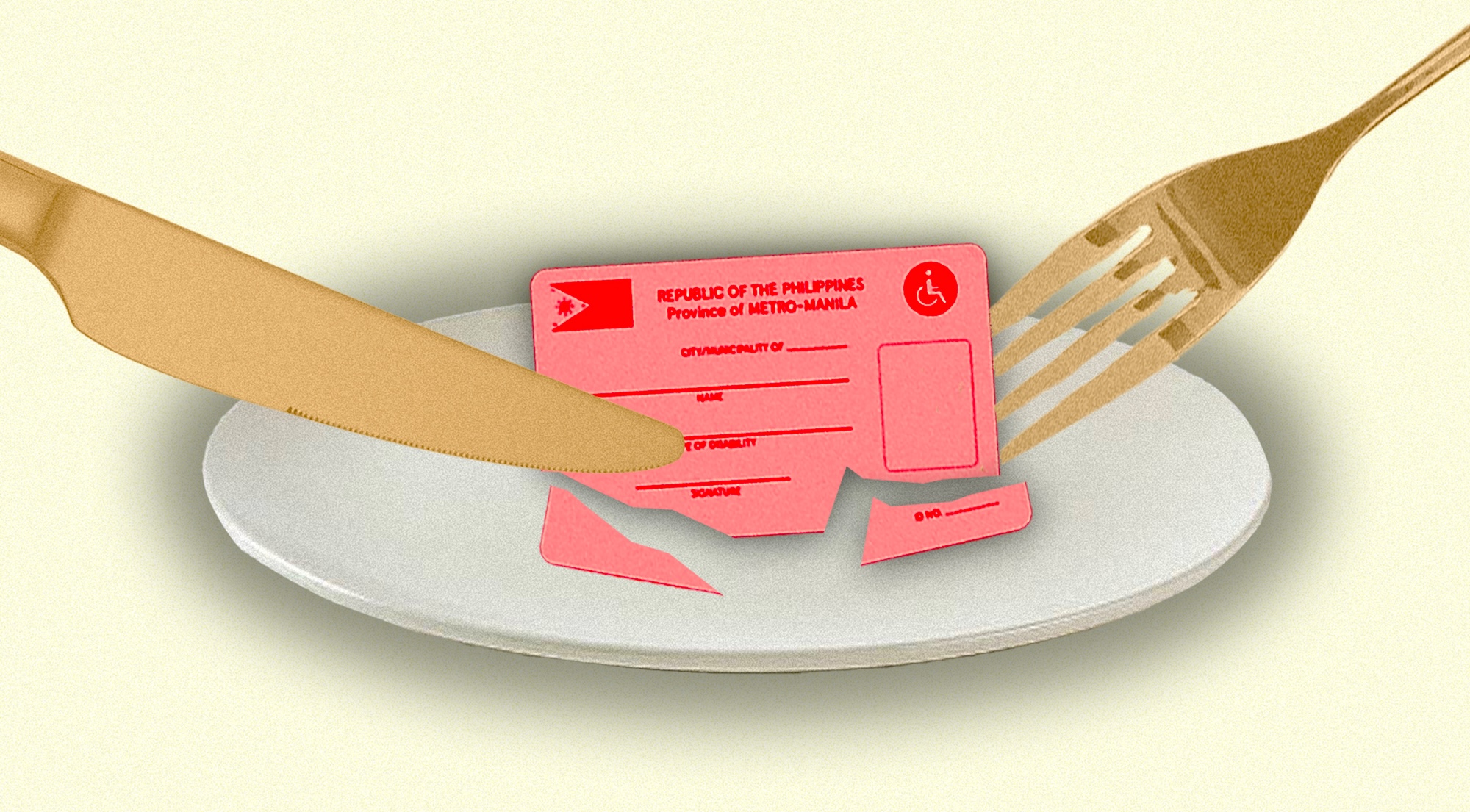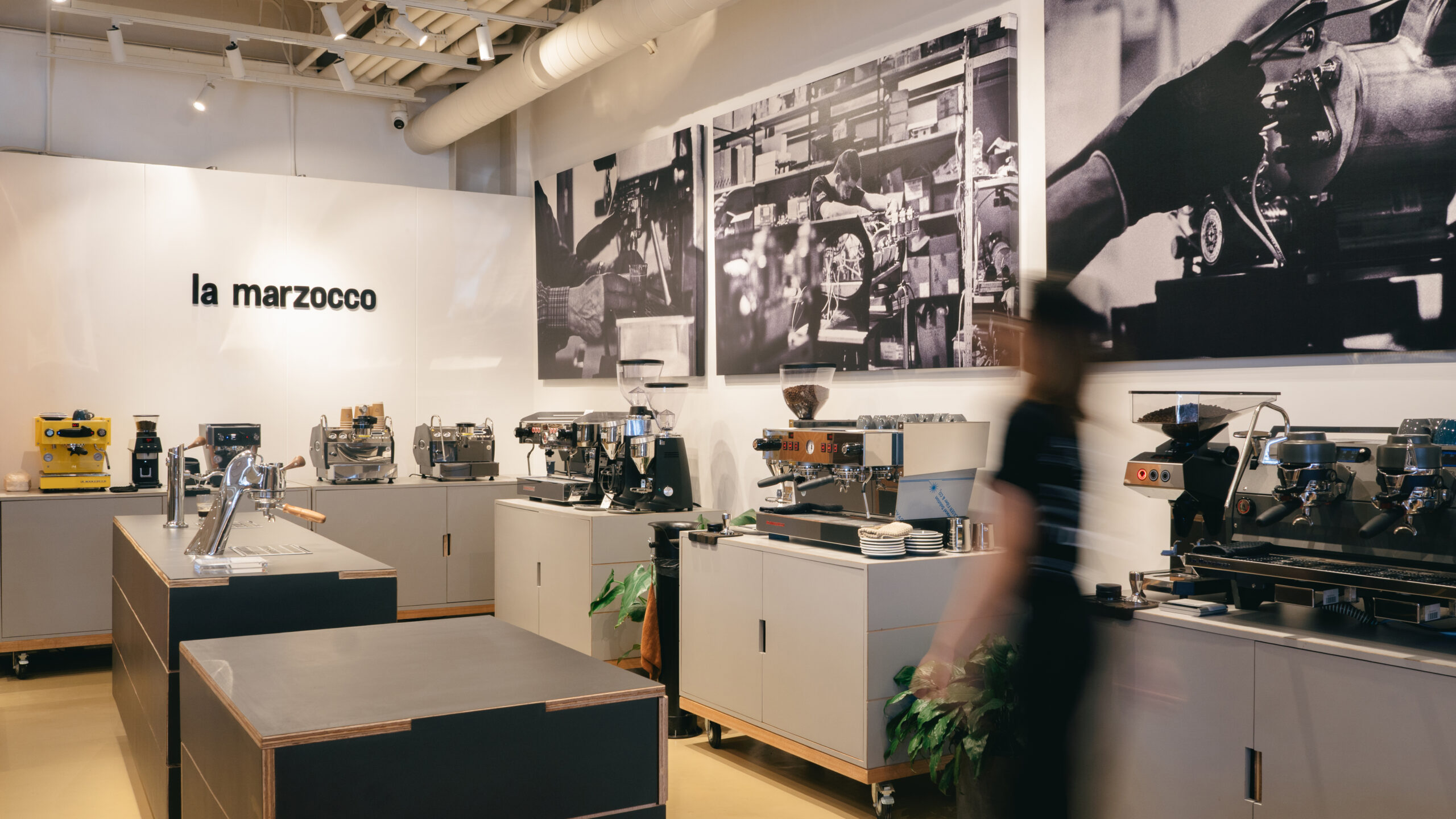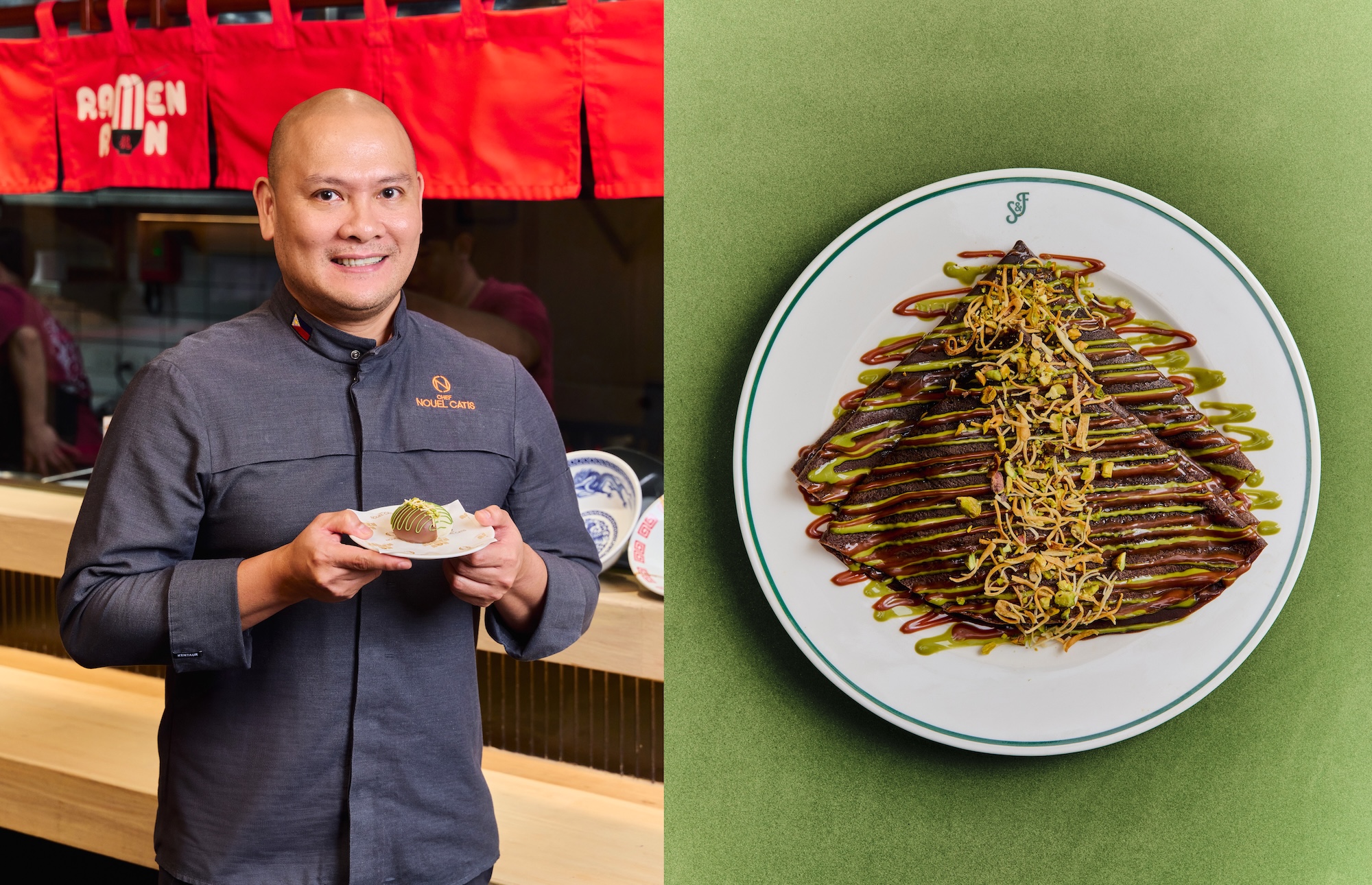There is unparalleled comfort in watching people cook.
I grew up without cable TV. Instead of viewing popular food icons like Nigella Lawson, Jamie Oliver, and Martha Stewart, I saw quick cooking shows tucked in between shows like the 30-minute “Del Monte Kitchenomics” and QTV’s (now GTV) “Quickfire: 10-minute Kitchen Wonders.”
Watching these shows was not even intentional; I only tuned in to pass the time as I waited for the next shows. But eventually, I found joy in them. Something is comforting in watching people give clear instructions that could lead to nourishment. Watching these shows was like stopping at a grocery aisle to read the recipe at the back of boxed cream or canned milk.
These cooking shows stopped airing sometime in the 2010s, and I also spent less time watching TV. I only rediscovered the joy of watching people cook in 2019 when Bon Appetit’s video content rose in popularity.
Amid a slew of short instructional videos (mostly in top shot for its entirety) on the internet, Bon Appetit made its video content candid. The chaotic moments were never edited out. As a result, the practical knowledge its editors shared was a product not only of their experience but also of the struggle we saw on screen.
Amid the deluge in videos of guys who are “six feet tall and super strong” and a glimpse of the daily lives of strangers, I found myself engrossed in a video of a woman making chocolate muffins.
Their shows went beyond the instructional format and the personalities were not just hosts or talking heads. What Bon Appetit gave its viewers was a group of individuals that they could root for. It was the internet’s serotonin source. However, its glory days were cut short after the unfair treatment of its BIPOC staff was revealed last year.
Most of the beloved Bon Appetit personalities left the publication after the issue came to light and pursued their projects. Some of them published their cookbooks, established their own YouTube channels, and collaborated with other publications like NYT Cooking and Food52. Bon Appetit, on the other hand, aims to be more inclusive under the leadership of Dawn Davis.
After what happened at Bon Appetit, cooking videos were no longer part of my regular media consumption. Sure, you could have caught me watching Claire Saffitz’s confetti cake tutorial in August. But that was because I needed to make my birthday cake.
It was in an unexpected way that I would reconcile with the joy of watching people cook. Amid the deluge in videos of guys who are “six feet tall and super strong” and a glimpse of the daily lives of strangers, I found myself engrossed in a video of a woman making chocolate muffins.
“Whoever invented muffins is a genius. Essentially, they have the same ingredients as cake but they’re also somehow acceptable to eat for breakfast,” content creator Audrey Lim says at the beginning of her video.
The video shows her breaking apart a hot chocolate muffin and then eating it, which I would later discover is the standard introduction for most of her videos. Then, she outlines the recipe. And in just 40 seconds, I learned how to make chocolate muffins.
The power of #FoodTok
Food is big on TikTok. The hashtag #FoodTok, as the community calls food content on the app, has over 8.6 billion views. On the other hand, the hashtags #FoodTikTok and #TikTokFood both have over 35 billion views. And with creators uploading videos almost daily, the collection of food content here goes beyond what’s trendy.
As I spend more time watching food videos on TikTok, I realize that a lot of food content creators thrive in the mundane. And that even the mundane can be awe-inspiring too.
Taylor Lorenz of The New York Times observes that “every platform pioneers a new type of viral food content.” On Facebook, we see easy instructionals that are often shot from above. YouTube is the space for complex recipes that would result in long videos. Instagram food content, on the other hand, still feels driven by aesthetics.
Food is big on TikTok. The hashtag #FoodTok, as the community calls food content on the app, has over 8.6 billion views. And with creators uploading videos almost daily, the collection of food content here goes beyond what’s trendy.
Then, there’s TikTok.
“It’s almost as if you’re FaceTiming a friend while they make themselves dinner. The result is a casual, personality-driven cooking clip that feels easy to follow,” she wrote.
If you think about it though, this casual vibe is something that you may also see on Instagram Stories.
For example, English actress Florence Pugh had a series of Instagram Stories of her cooking at home. She said that, like everyone else, cooking (and then eating) was her way of keeping herself calm.
While she sure knows her way around the kitchen, the actress often added a disclaimer in almost every video. “So I am by no means a pizza maker. I’ve just followed a recipe and learned how to make it, so please do not think I’m a pro,” she said in her pizza video. And in her marmalade video: “I’ve never done this before, but I have eaten a lot of marmalade.”
This casual tone is also present in the way food writer Priya Krishna documents her partner Seth Byrum baking at home. In these Stories which are later saved on her Instagram highlights, Byrum, who is an architect, is seen meticulously measuring his pastry dough with a ruler or perhaps dancing to a Broadway song.
Krishna may highlight bits of information about the pastry or the required technique in the videos, but it is clear that the goal here is not to be instructional. It’s simply a document of what happens in the kitchen. And by virtually letting the viewers in their kitchen despite the mishaps, Byrum and Krishna encourage curious viewers to bake at home too.
What makes FoodTok special is beyond the manner creators make their content. Instead, it’s in how the platform delivers videos to the right users. The stories of Krishna and Pugh ended up on my Instagram feed because I follow them. But on TikTok, I need not follow any food content creators to see food videos on my feed.
When you open TikTok, the For You page greets you before the videos of the people you follow. This is where I encountered Lim’s chocolate muffin video. The For You page presents an endless stream of videos assembled by the algorithm according to what the user consumes.
If the goal is to be seen, TikTok makes it happen even if a user doesn’t have a huge following yet.
At the end of the day, it’s not the expertise that matters on FoodTok but—as cheesy as it sounds—the authenticity of the experience.
“Users who’ve found followings primarily on TikTok attribute their success to ‘the algorithm.’ As Instagram influencers and YouTubers see their view counts slide, they see ‘the algorithm’ as something to be blamed, but on TikTok, the algorithm offers promise,” food and culture writer Bettina Makalintal wrote in Vice last year. “Creating good, grabby content is king… but the algorithm—which dictates what ends up on the For You page—is necessary for being discovered.”
For users, this promises an opportunity to find content from strangers that unexpectedly appeals to them.
Why TikTok recommended a food video is a mystery to me. Much of what I was seeing on my For You page before the appearance of Lim’s video were clips unrelated to food. But it was a welcome shift from the usual fluff.
I engage with FoodTok content without the same intention I gave Bon Appetit or the Instagram Stories of Pugh and Krishna, but that just makes it even more rewarding. When I least expect it, I am treated to a mouthwatering dish that I can imagine cooking. And on top of that, there is comfort in knowing the videos on FoodTok have a limit of three minutes.
To be a TikTok spectator
My first encounter with TikTok was in 2018 when I attended a media event for the app. TikTok was around for two years then and was known for dance videos and cutesy filters. It’s still true for the most part, but a lot has also changed since then.
For one, we’ve recently seen it become a platform for informative content that ranges from medicine to history. And in the case of food, it offers a democratic space where any food enthusiast from any culture can share their own experience.
Most TikTok food content creators are young and, in turn, may not have the same extensive culinary experience as chefs or food magazine editors. But this narrower gap between the experiences of food content creators and viewers is what makes FoodTok even more relatable.
In the case of food, TikTok offers a democratic space where any food enthusiast from any culture can share their own experience.
No one comes to TikTok to know what popular chefs are doing. The appeal of TikTok lies in discovering what ordinary people are cooking in their homes. It can be Lim sharing a two-ingredient mochi recipe. Or Newt Nguyen getting all hyped up for his lunch. Or perhaps it’s a recording of how a provincial delicacy is made from start to finish. At the end of the day, it’s not the expertise that matters on FoodTok but—as cheesy as it sounds—the authenticity of the experience.
As of now, I am happy to be a mere spectator on TikTok. I still do not follow any FoodTok account. Sometimes, I find myself saving recipes from Lim, hoping that I could one day make them. And who knows? Maybe when that time comes I’ll be a TikTok star too.










































